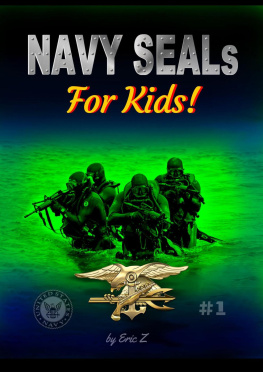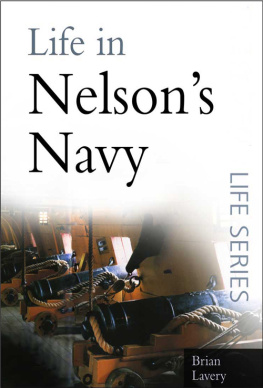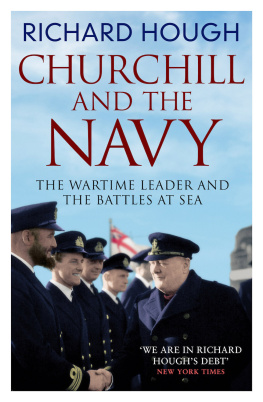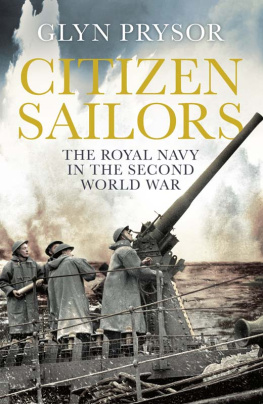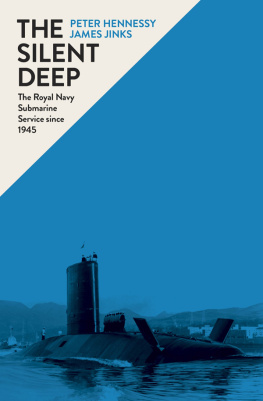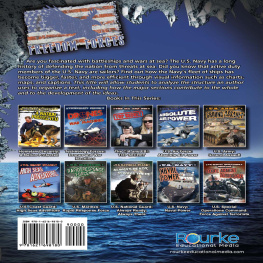Published in 2023 by The Rosen Publishing Group, Inc.
29 East 21st Street, New York, NY 10010
Copyright 2023 by The Rosen Publishing Group, Inc.
First Edition
Portions of this work were originally authored by Taylor Baldwin Kiland and published as Careers in the U.S. Navy. All new material in this edition was authored by Eric Ndikumana.
All rights reserved. No part of this book may be reproduced in any form without permission in writing from the publisher, except by a reviewer.
Library of Congress Cataloging-in-Publication Data
Names: Ndikumana, Eric, author.
Title: Jobs in the U.S. Navy / Eric Ndikumana.
Description: New York : Rosen Publishing, [2023] | Series: Exploring
military careers | Includes bibliographical references and index.
Identifiers: LCCN 2021057473 (print) | LCCN 2021057474 (ebook) | ISBN
9781499470024 (library binding) | ISBN 9781499470017 (paperback) | ISBN
9781499470031 (ebook)
Subjects: LCSH: United States. NavyVocational guidanceJuvenile
literature | United States. NavyJuvenile literature
Classification: LCC VB259 .N35 2023 (print) | LCC VB259 (ebook) | DDC
359.002373dc23/eng/20211209
LC record available at https://lccn.loc.gov/2021057473
LC ebook record available at https://lccn.loc.gov/2021057474
Some of the images in this book illustrate individuals who are models. The depictions do not imply actual situations or events.
Manufactured in the United States ofAmerica
CPSIA Compliance Information: Batch #CSRYA23. For further information, contact Rosen Publishing, NewYork, New York, at 1-800-237-9932.
CHAPTER 1
DEFINING THE NAVY
CHAPTER 2
THE EARLY DAYS OF THE NAVY
CHAPTER 3
SAILING THE WORLDS SEAS
CHAPTER 4
THE MODERN NAVY
CHAPTER 5
STRONGER FOR DIVERSITY
CHAPTER 6
LEARNING TO SERVE
CHAPTER 7
THE FUTURE OF NAVAL WARFARE
DEFINING THE NAVY
W hen European travelers first began colonizing North America, their settlements were close to the coast. Easy access to the sea helped coastal cities, including New York and Boston, become international trading centers. Though the United States has nearly 3,000 miles (4,828 km) of land between its east and west coasts, nearly half of all Americans still live in counties on the coast. For all these reasonsand moreit has always been important that the United States have a naval force that could defend its waters.
Originally founded in 1775 to fight against the British, the U.S. Navy has grown to be a worldwide peacekeeping force. Naval ships protect trade routes all around the globe, ensuring that commercial vessels can sail safely without fear of attack. As a military force, it can also be rapidly deployed to protect U.S. interests anywhere in the world.
The turn of the 21st century brought about major changes to international conflicts, and the navy-just like every armed service branchhas had to adapt to this new breed of warfare. Following the September 11 attacks, ships of the navy were increasingly assigned to missions involving the interception and disruption of terrorist activities around the world. With massive ships and advanced technology, the navy is perfectly suited to accomplishing these missions while also supporting ground and air troops as they are deployed to fight the nations enemies.
HUMBLE BEGINNINGS
Before it became a global fighting force, the navy was established to help the new United States fight off the British. For many years, European naval powersthe Spanish, Portuguese, British, and Dutch, among othershad made their empires nearly unstoppable. Full-scale sea battles were common, and the nations with the most advanced ships and best sailors became feared across the globe.
In the 1770s, the American colonies did not have a unified seafaring force. Volunteers who fought against the British sometimes had sailing experience, but most were merchants who had seen little actual fighting. In 1775, following heated debate, it was determined that the new nation needed to be able to defend its coast if it were ever going to be free, and the Continental Navy was established.

Before the rise of new ship technology in the 1800s, the nation with the best wooden navy was often the most powerful.
Supported by ships from France, the young navy produced solid results during the Revolutionary War. Knowing that their vessels could never compete with the British fleet in open fighting, American captains instead tried to pull their enemies into smaller engagements. Some naval actions even took place far from American soil, such as the Battle of Flamborough Head, which took place in 1779 off the coast of northern England. In this dramatic battle, Captain John Paul Jones, commander of the Bonhomme Richard, successfully fought off two British ships and disrupted the trading convoy those ships were protecting. Though Flamborough Head involved fewer than 10 ships, more than 250 sailors died in the battle.
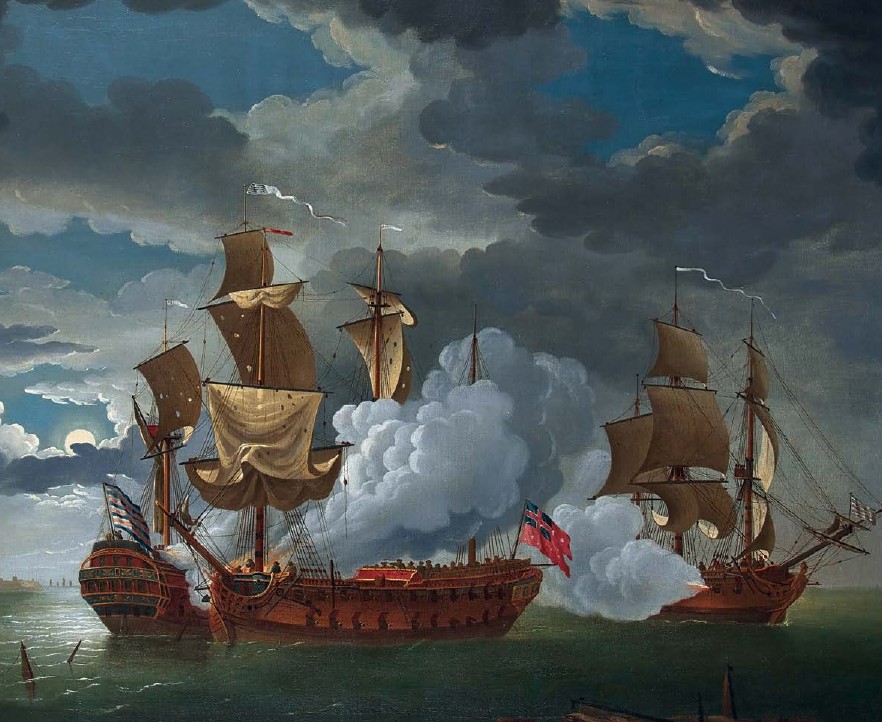
The Battle of Flamborough Head was one of the earliest victories for U.S. naval forces
Despite the terrible death toll, Joness victory confirmed his heroic reputation and earned him a personal place in history as the Father of the American Navy. The battle also cemented a new, winning reputation for the nations young navy. This newfound respect was critical, for the United States would come to have more enemies than just the British in the years to come.
SHIP BATTLE BRAVERY
The history of the U.S. Navy is full of heroic sailors who went above and beyond the call of duty. One early ship battle hero was William Hamilton, a sailor aboard the Bonhomme Richard. Going into battle against the HMS Serapis, Hamilton understood that the enemy had superior firepowerbut he also knew that Commodore Jones was wearing down the enemys ability to fight because he refused to give up. In the midst of fighting, while the two ships were entangled, Hamilton seized an opportunity to deliver the final blow. He climbed out onto the yardarm with a basket of hand grenades and a live match, lit the fuse, and dropped a grenade right into an open hatch of the Serapis. It landed on some gunpowder that had been left unprotected. The explosions and fire that erupted killed more than 20 enemy men and seriously wounded many others. Exhausted from heated battle against a stubborn opponentand disheartened by Hamiltons courageous assaultthe captain of the Serapis finally surrendered to Jones, securing a victory for the navy.
PIRACY TROUBLES
Sailing the Mediterranean in the early 1800s, pirate groups were loosely organized and never officially working for any particular government. They were causing physical damage to the ships they attacked, harming sailors, and stealing valuable goods intended for the free market. To protect merchant ships throughout the world, the United States once again launched into war.



